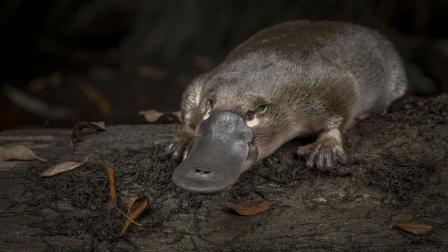Hard surfaces like roads and footpaths in our cities stop rain from soaking into the ground. This water must go somewhere, and a network of stormwater pipes has been built across our cities to remove this excess water when it rains.
Stormwater pipes are different to the pipes in our homes. When it rains, water in our streets flows into stormwater drains, along with any rubbish or pollutants in the street.
Questions from the video: Look and learn challenge
- Watch the water when it rains?
- Does it go down a drain in your street?
- What’s in the water as it runs down the drain?
- How is this drain different from the drains in your kitchen sink, or bathroom?
Learning outcomes
- Know about waterways or a local creek that flows faster after rain
- Understand the impacts of waste on the environment
- Explore different strategies to minimise the risk of waste in the environment
Things to think about
- Have you ever wondered how litter ends up in your local waterway or beach?
- Why you shouldn’t swim in the ocean or sea after heavy rainfall
- List the things you can do to stop litter.
Activities
Activity 1
Create a map of your school and local surrounding area
- Locate all the stormwater drains within a 250-meter radius of the school and draw them on your map.
- Locate waterways (rivers, creeks or lakes) in the local area, and add these to your map
- Draw a route any rubbish from your school may take – from the stormwater drain to the local waterway.
Remember to use basic cartographic conventions including map symbols and north point.
Activity 2
Create a poster, a song, slideshow or performance to encourage the school community to help prevent litter.
Activity 3
Watch the Wastewater treatment video and explain the difference between stormwater and sewage treatment.
Teacher toolbox
Download these worksheets and diagrams to use in your classroom.
Victorian Curriculum
Science: VCSSU041, VCSSU046, VCSSU047, VCSSU056, VCSSU059, VCSSU062
Geography: VCGGC082
You may also like...
The Story of Water: The water cycle
Learn about the key processes of the water cycle evaporation, transpiration, condensation, precipitation, infiltration and run-off.
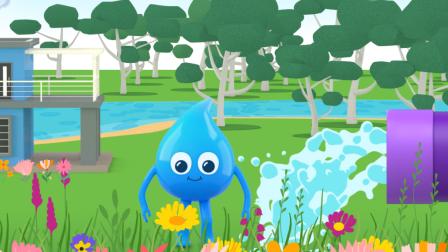
The Story of Water: Wastewater treatment
When wastewater leaves homes and businesses it is piped to a sewage treatment plant. Learn more about what happens next.

The Story of Water: Water, weather and climate
The amount of water in our environment is influenced by the type of climate. Across Australia, there are six broad climate zones. Climate is the average weather conditions of a place for a long period of time, while weather is the...
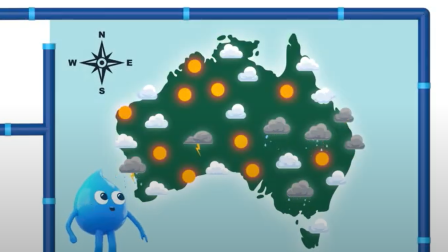
Litter management
Like you, we don't like seeing litter being washed off streets into stormwater drains and into our waterways.

Help make litter extinct
As Melbourne grows, the amount of litter does too. Together, let’s make litter extinct!
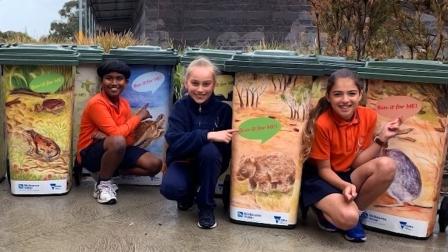
Waterbug monitoring
Waterbugs let us know how healthy our waterways are - and you can too, by monitoring your local macroinvertebrates.
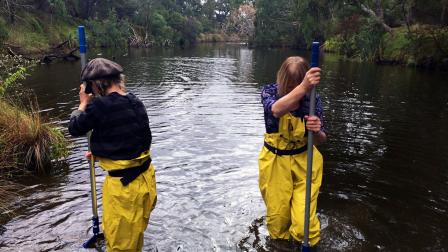
Water quality monitoring
Volunteer as a Waterwatch water quality monitor, and collect data to help your local river or creek.
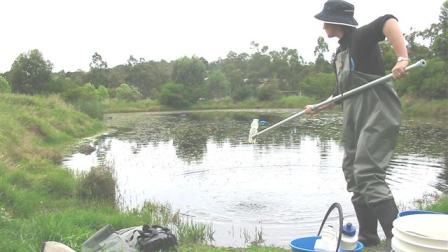
Platypus monitoring
Help us better understand this elusive animal by reporting platypus sightings.
